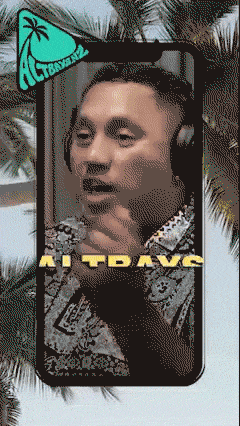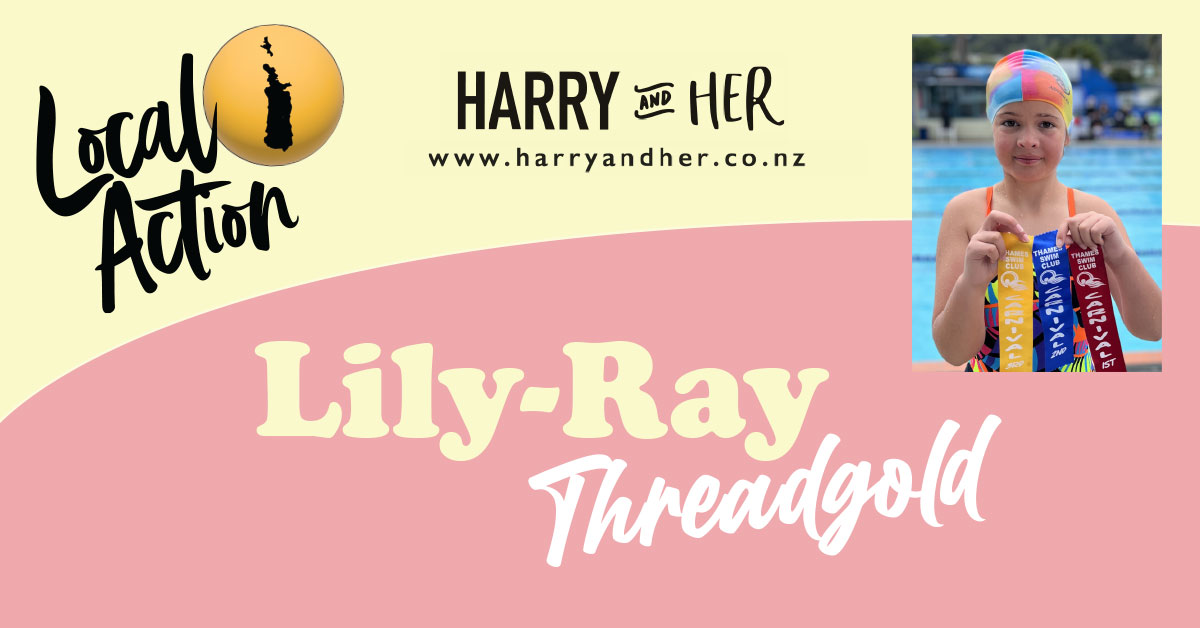Glass Bottom Boat Adventures – Whitianga
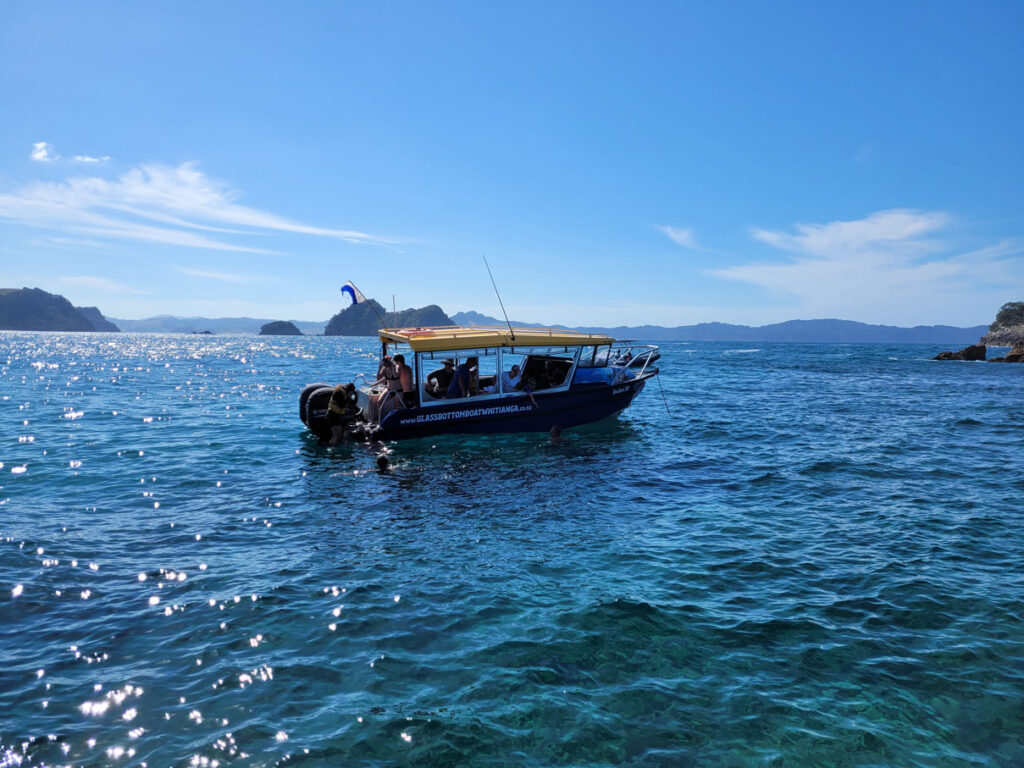
‘The sea, once it casts its spell, holds one in its net of wonder forever.’
The famous quote by Jacques Cousteau couldn’t be a better fit for our marine reserve. Te-Whanganui-o-Hei is one of those special places; it has a magical pull that draws you in with its beautiful kelp forests, sparkling fish and other captivating marine life and it’s right on our doorstep.
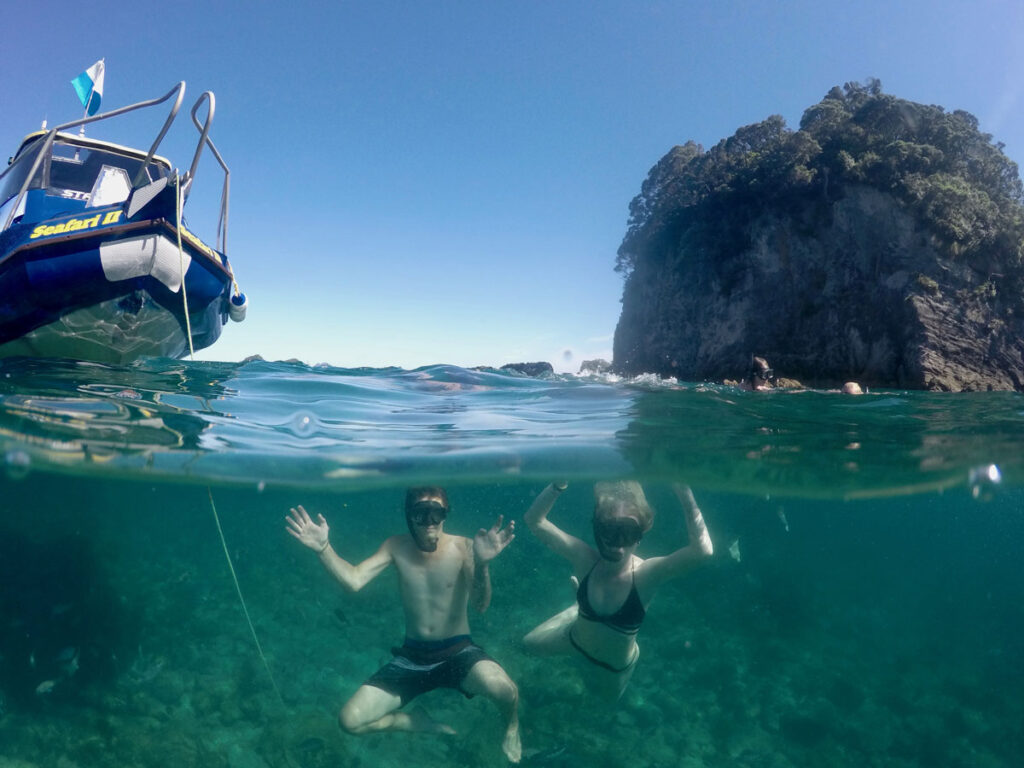
Te-Whanganui-o-Hei, or The Great Bay of Hei, is one of the oldest but most popular marine reserves in New Zealand. With thousands of visitors every year it’s easy to see why, with diverse populations of fish and a healthy seabed offering plenty of chances to experience the abundance of marine life.
Marine reserves are an integral part of conservation efforts – ensuring that residential fish such as red snapper have a safe haven to live in without the threat of being caught recreationally or commercially. These fish then have the chance to breed and spawn, with that spawn drifting in the water column until it settles elsewhere – often outside the reserve. These fish eggs will mature and grow, helping to replenish the fish stocks that are taken when people go fishing.
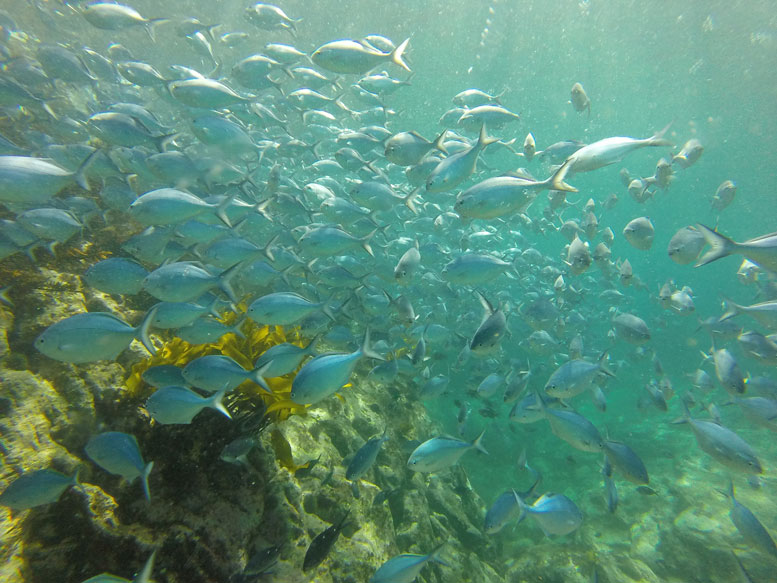
New Zealand is subtropical, so we don’t have the hard corals that are found in the tropics, but our unique environment is home to soft corals plus an array of kelp and seaweeds teeming with life. When in Te Whanganui-o-Hei you should expect to be greeted by schools of snapper – especially in Gemstone Bay! In other areas, hundreds of blue maomao reside, along with pairs of red moki, parore schooling over the rocky bottom and leatherjackets pecking away at the algae and kelp; wrasse, angel fish and demoiselles are also to be found, plus much more. Starfish and kina (sea urchins) can be seen on the rocky seafloor, along with snails and if you look under some rocks you’ll even see crayfish and moray eels.
Exploring a marine reserve is the best way to see these untouched environments first hand. When visiting a marine reserve, it’s important to be respectful. If boating, this means using moorings when available instead of dropping your anchor, as anchoring can often pull up delicate kelp beds and disturb the sea floor. Make sure not to touch or pick up shellfish, crustaceans, fish or marine mammals. Interactions with these creatures can be had from a safe and respectful distance – that keeps both them and you safe.
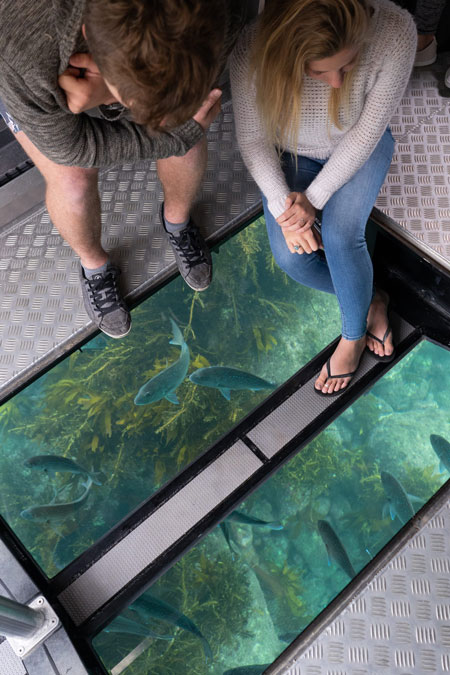
Taking anything from beneath the high tide mark is illegal – this includes rocks, shells, seaweeds, fish or molluscs. If you see any suspicious behaviour, call it in! Department of Conservation rangers patrol our reserve and are just a phone call away. On that note, feeding fish inside of a marine reserve is also illegal.
What better way to explore the marine environment than by the Glass Bottom Boat? Offering you a unique view beneath the surface from the safety of the boat, you will be rewarded with friendly fish and local knowledge and commentary about the ecosystem and marine life from skippers and guides. If you like, you can even take the plunge and snorkel amongst the fish and see them up close and personal!
When enjoying our ocean this summer, remember to stay safe and respectful and the reserve will continue to be a great educational and productive resource for generations to come.

The Glass Bottom Boat offers an incredible 2-hour scenic tour departing daily from the Whitianga Wharf! The trip takes you on a mesmerising journey, from visiting Cathedral Cove to marvelling at marine life and exploring enchanting sea caves.
Book online at www.gbbw.co.nz
Ph: 07 867 1962
Coromind: Coromandel’s Collaborative Magazine

Help us take Coromind Magazine to new heights by becoming a member. Click here
Change the Weather for Your Business: Advertise with Us.
Advertise your business in the whole Hauraki Coromandel in the coolest Coromandel Art Magazine, from Waihi Beach/Paeroa /Thames up to the Great Barrier Island.
Advertise Smarter, Not Harder: Get in Touch


